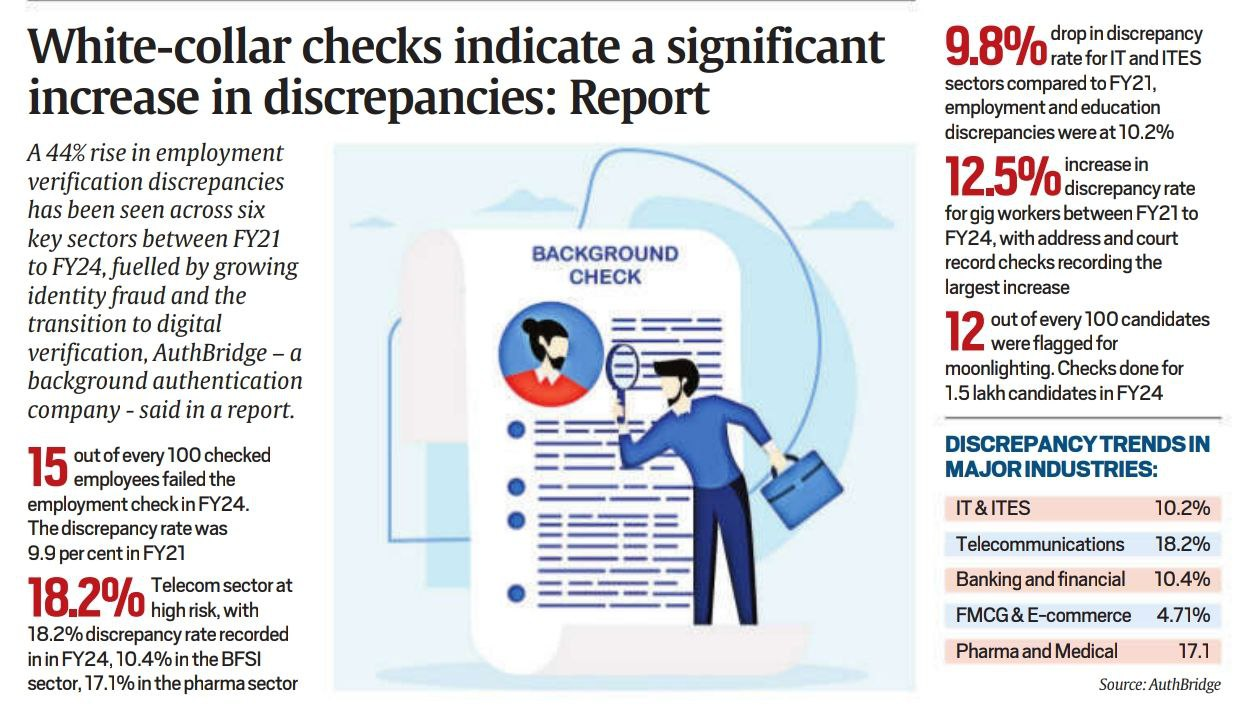Index:
- ISRO's PSLV-C37 Mission Upper Stage Re-entry
- Nobel Prize 2024 in Physics – Foundations of AI and Neural Networks
- MeitY Relaxes AI Compute Procurement Norms to Accommodate Start-ups
- Other headlines of the day
- Understanding the USCIRF Report on India
- Breaking Barriers: Supreme Court's Landmark Ruling on Caste Discrimination in Prisons
1. ISRO's PSLV-C37 Mission Upper Stage Re-entry
CONTEXT:
- Launch Date: February 15, 2017.
- Launch Vehicle: Polar Satellite Launch Vehicle (PSLV-C37).
- Payload:
- Main Satellite: Cartosat-2D.
- Co-passengers: 103 smaller satellites including INS-1A, INS-1B, Al-Farabi 1, BGU SAT, and more.
Mission Significance:
- Historical Achievement: PSLV-C37 created a record by launching 104 satellites in a single mission.
- Orbit Details: Post payload injection, the PS4 upper stage was placed in an orbit of 470×494 km.
Re-entry of PSLV-C37 Upper Stage:
- Tracking:
- S. Space Command tracked the PSLV-C37’s upper stage (PS4) with NORAD ID 42052.
- The altitude of the stage began to decay due to atmospheric drag effects.
- Prediction:
- ISRO’s Space Operations Management (IS4OM) monitored orbital decay.
- Predicted re-entry: First week of October 2024.
- Orbital decay: Stage decayed to a size of 134×148 km by October 6, 2024.
- Re-entry Time:
- October 6, 15:49 UTC, with a margin of uncertainty of about 1 minute.
Compliance with Space Debris Guidelines:
- The re-entry complied with international space debris management guidelines, particularly those laid out by the Inter-Agency Space Debris Coordination Committee (IADC).
Objective: Limiting the post-mission orbital life of defunct objects to below 25 years in low-Earth orbit.
2. Nobel Prize 2024 in Physics – Foundations of AI and Neural Networks
Awardees:
- John Hopfield (91 years) – Princeton University, USA.
- Contributions: Laid the foundation for understanding how neural networks mimic the human brain’s functioning.
- Geoffrey Hinton (76 years) – University of Toronto, Canada.
- Contributions: Backpropagation technique in artificial neural networks, enabling them to learn from mistakes and improve.
Field: Artificial Intelligence (AI) and Neural Networks.
- Significance: These discoveries have enabled major breakthroughs in pattern recognition, such as face recognition, image enhancement, and other applications in AI.
How Artificial Neural Networks (ANNs) Work:
- Inspired by the Human Brain:
- ANNs consist of layers mimicking the neuronal connections in the brain.
- Input layer: Receives data.
- Hidden layers: Process data.
- Output layer: Provides the final result.
- Learning Mechanism: ANNs learn and improve by adjusting their processing based on training data.
Key Innovations:
- Backpropagation (Hinton): Allows ANNs to learn from mistakes and improve accuracy, particularly in tasks like image recognition and speech processing.
- Deep Learning: Hinton’s work on deep networks, where multiple layers allow ANNs to learn complex patterns from large datasets.
- Spectacularly demonstrated in the 2012 ImageNet Visual Recognition Challenge, leading to breakthroughs in AI applications.
Applications of ANNs:
- Face Recognition.
- Speech Processing.
- Voice Assistants.
- Self-Driving Cars.
- Medical Imaging and Diagnostics.
3. MeitY Relaxes AI Compute Procurement Norms to Accommodate Start-ups
CONTEXT: Ministry of Electronics and IT (MeitY) has relaxed norms to enhance participation from start-ups in AI computing capacity procurement. It’s part of India’s larger ₹10,370 crore IndiaAI Mission.
Key Objectives:
- IndiaAI Mission aims to establish a computing capacity with more than 10,000 GPUs.
- Development of Foundational Models: Models with 100 billion parameters, trained on vast datasets covering Indian languages and priority sectors like healthcare, agriculture, and governance.
Changes in Norms:
- Turnover Requirements Reduced:
- For primary bidders: Lowered from ₹100 crore to ₹50 crore.
- For non-primary or consortium members: Lowered from ₹25 crore to ₹10 crore.
- Relaxation to ensure that more start-ups can bid for projects.
- Compute Power Requirements:
- TFLOPS (Trillion Floating Point Operations per Second):
- Reduced from 150 TFLOPS to 300 TFLOPS for the required systems.
- AI Compute Memory: Reduced from 40GB to 24GB.
- TFLOPS (Trillion Floating Point Operations per Second):
- Minimum Turnover Requirement: Bidders must have ₹10 lakh minimum turnover over the last three financial years (2020-21, 2021-22, and 2022-23).
- Experience Criteria: Experience of companies with local content between 20%-50%.
AI Compute Mission
Focuses on enabling cloud-based infrastructure for AI development.
Supports Indian firms in building large AI systems.
Ensures compliance with Make in India guidelines for components procurement.
Bidders’ Responsibility:
- Successful bidders must ensure availability of AI compute capacity for consumption on demand.
A minimum of 10 AI compute houses will be required to meet demand, scaling up to 500 AI compute houses within a month and 1000 houses in a year.






